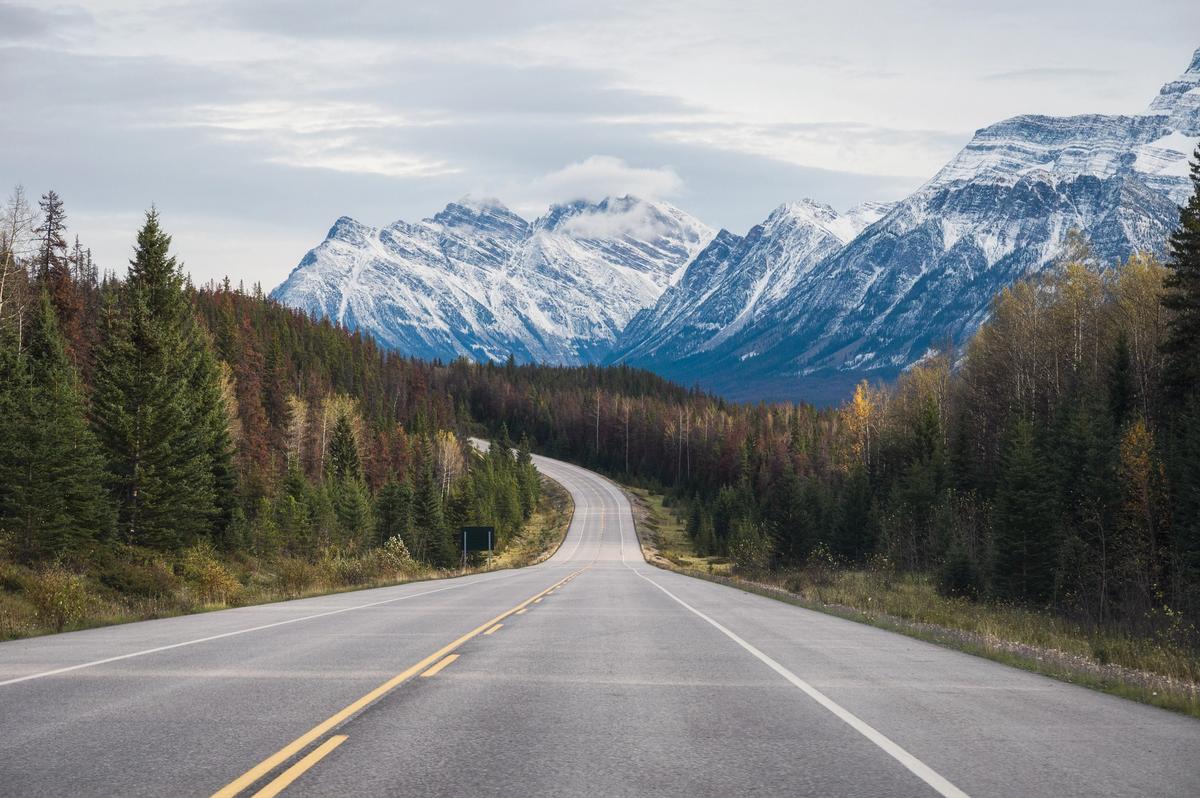Fossil fuel extraction within Unesco sites is set to rise by more than 70% in coming decades, according to a new report despite calls to end such practices.
The study, by the German research group Leave it in the Ground Initiative (LINGO), reveals the fossil fuel expansion activities in Unesco biosphere reserves—areas home to innovative sustainable development projects—and World Heritage Sites. It is published ahead of the COP16 biodiversity summit which begins on October 21 in Cali, Colombia.
The report, titled Extraction at Any Cost, finds that at least 21 Unesco-MAB Biosphere Reserves and Unesco World Heritage Sites are currently under threat from active fossil fuel extraction activities, with a further 15 in the planning stage—an increase of more than 70%. This is despite Unesco's 2013 “no-go” commitment, calling on nations and industries to cease such activities in these globally significant areas. Unesco itself has no jurisdiction and relies on national governments to protect their valuable sites.
Alice McGown, lead author on the report said: “Fossil fuel projects in Unesco-protected areas are indefensible in 2024 and represent a blatant affront to conservation efforts worldwide. While Unesco’s mandate is clear, its power as a UN agency is limited in preventing the fossil fuel industry's violation into these areas. It's alarming that state-owned companies are preparing to drill in protected regions beyond 2030. If countries are serious about decarbonising their economies, then there is no justification for allowing these projects to continue.”
The largest oil and gas project planned within a Unesco Biosphere Reserve is the Hail & Ghasha mega-project situated in the Marawah Unesco-MAB Biosphere Reserve in Abu Dhabi, United Arab Emirates. This is despite the UAE being the host of next year’s World Conservation Congress.
Andrew Potts, the heritage and climate action advisor for the heritage federation Europa Nostra, called for a “just transition” away from a fossil fuel based global economy to one powered by clean energy. He tells The Art Newspaper: “Extracting fossil fuels from world heritage properties and other protected areas, knowing that the resulting greenhouse gas emissions are contributing to damaging those very sites, is deeply misguided. This extraction must be ended while ensuring just transition for the global south and other affected communities.”
Nearly a third of these projects are being developed within G20 nations, including the renowned Rocky Mountain national park in Canada, the Discovery Coast Atlantic Forest in Brazil and the Great Barrier Reef in Australia. The report states that projected fossil fuel activities in Unesco sites across the world are due to produce 11.9 billion tonnes of carbon dioxide, the key driver of the climate crisis.
Alison Tickell, founder and chief executive officer of Julie’s Bicycle, which works with the arts sector to tackle the nature and climate crises, tells The Art Newspaper: “Cultural heritage is already under enormous pressure as a result of climate change. This report identifies another layer which takes it to extremes. Cultural protection needs to be about the future as well as the past.”


